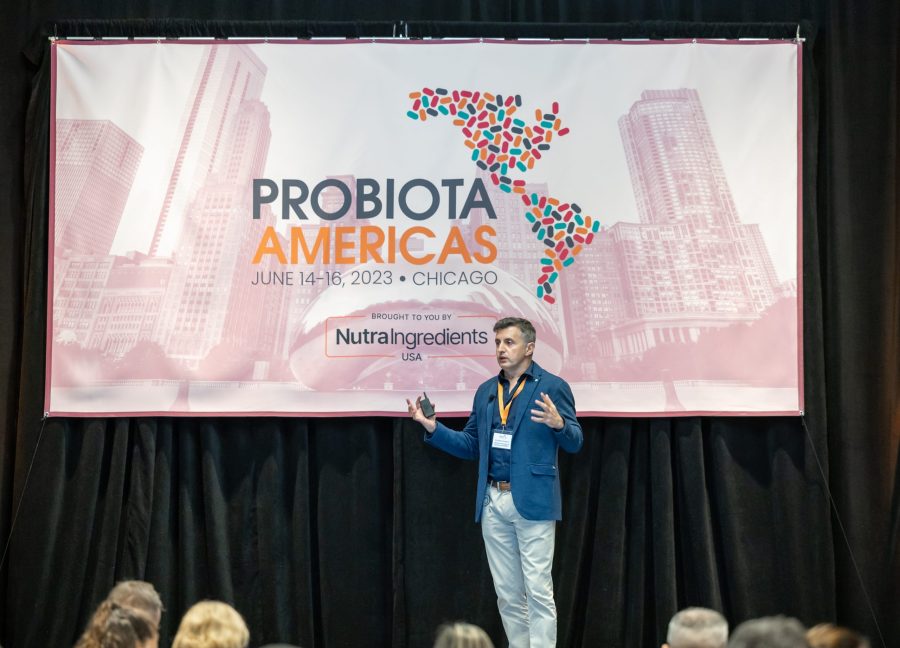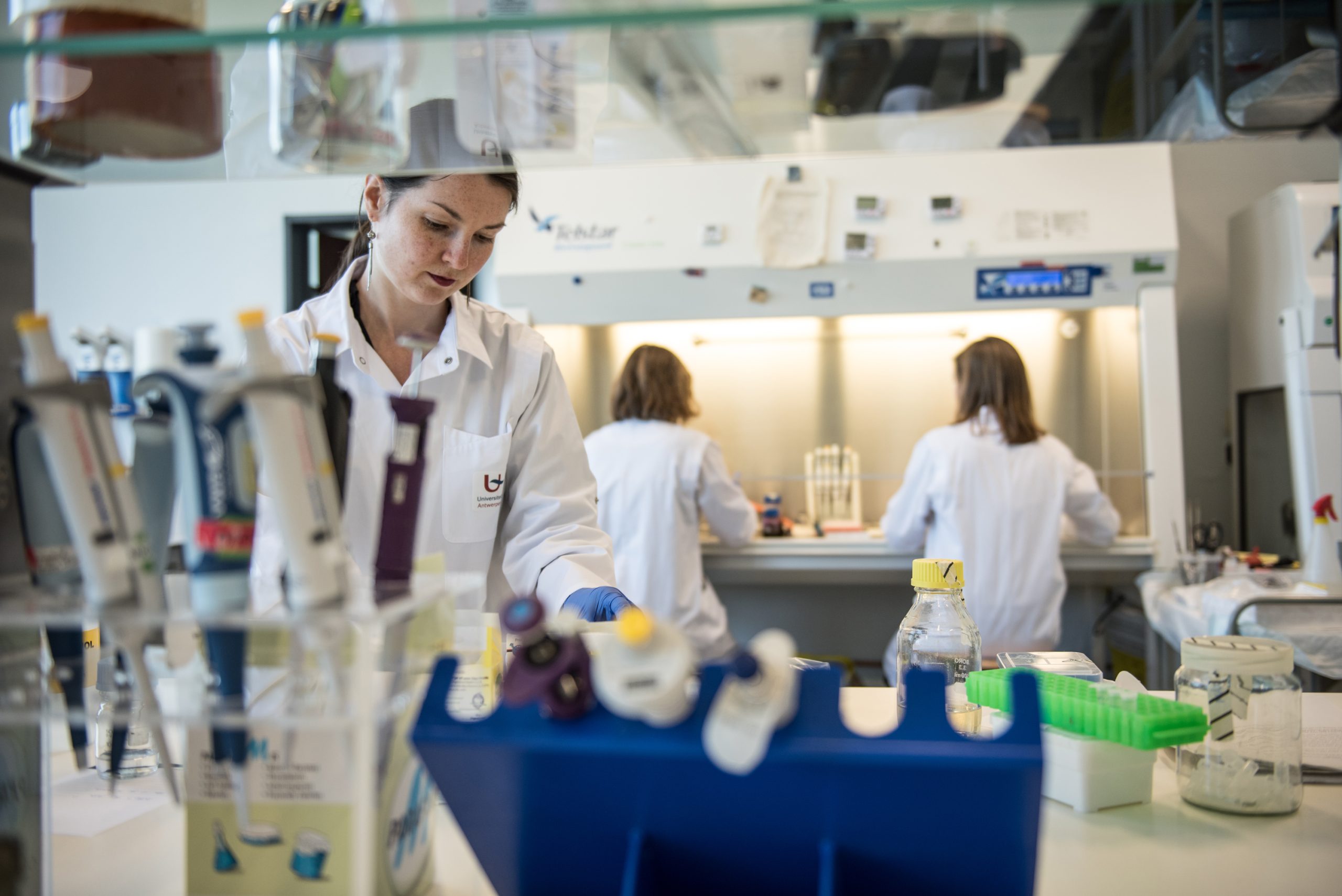1-7 of 7 results
-

Postbiotics: A global perspective on regulatory progress
By Dr. Gabriel Vinderola PhD, CONICET, National University of Litoral, Argentina While the conceptualisation of postbiotics varies among scientists, some… -

2023 in Review: Highlights in the Field of Biotic Science
By Kristina Campbell, Prof. Colin Hill PhD, Prof. Sarah Lebeer PhD, Prof. Maria Marco PhD, Prof. Dan Merenstein MD, Prof…. -

Postbiotics: debate continues and the ISAPP definition gains support
By Dr. Gabriel Vinderola PhD, Instituto de Lactología Industrial (CONICET-UNL), Santa Fe, Argentina The publication of a new definition for… -

Follow up from ISAPP webinar – Probiotics, prebiotics, synbiotics, postbiotics and fermented foods: how to implement ISAPP consensus definitions
By Mary Ellen Sanders PhD, Executive Science Officer, ISAPP On the heels of the most recent ISAPP consensus paper –… -

A roundup of the ISAPP consensus definitions: probiotics, prebiotics, synbiotics, postbiotics and fermented foods
ISAPP has long recognized the importance of precise definitions of the ‘biotic’ family of terms. As a scientific organization working… -

Behind the publication: Understanding ISAPP’s new scientific consensus definition of postbiotics
A key characteristic of a probiotic is that it remains alive at the time of consumption. Yet scientists have known… -

What’s the evidence on ‘biotics’ for health? A summary from five ISAPP board members
Evidence on the health benefits of gut-targeted ‘biotics’ – probiotics, prebiotics, synbiotics, and postbiotics – has greatly increased over the…